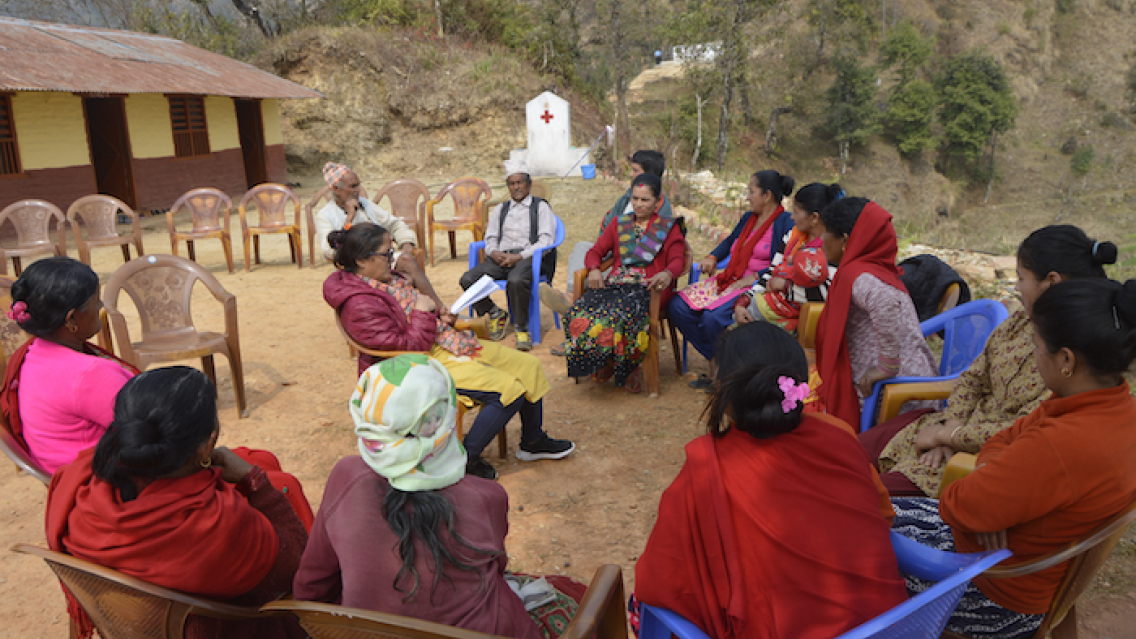Earth Science for All: Updating SERVIR's Approach to Achieve Inclusive Services

How do we build inclusive spaces when developing geospatial services? How can we ensure that the services developed by SERVIR benefit all of society—particularly the most vulnerable—in the context of a rapidly changing climate?
SERVIR applies a user-centric and collaborative approach to answer these questions, applying Earth observations, geospatial science and technology to address development challenges. Articulated in the SERVIR Service Planning Toolkit, the approach facilitates a deep understanding of development challenges—including who is impacted, what data and information is needed, where to build capacity, and how to measure impact—so that services are sustainable and responsive to the needs of user communities. The toolkit was designed to be a “living” resource, updated as new solutions come to light, and responsive to network needs.
The first update to the Toolkit addressed the network’s need for more concrete examples and approaches to ensure that women and those in marginalized communities are realizing equal benefits from SERVIR’s geospatial services. Over the past year, SERVIR partnered with Advancing Gender in the Environment/International Union for Conservation of Nature and Natural Resources to identify approaches for bringing diverse perspectives into service design and for addressing the differentiated needs of women and other groups as services are developed and implemented. For example, how can SERVIR ensure all stakeholders have equal opportunities to voice their opinions during consultations? And how are a service’s actionable data and information products best communicated to vulnerable groups?
To identify replicable approaches, SERVIR researched how hubs and collaborators have made specific service design and delivery processes more inclusive. The results now form a collection of case studies, SERVIR Service Planning in Action: Case Studies from Demand Driven Geospatial Services, that provides examples of inclusion in action — from iterative consultations to integrate new and diverse stakeholders; to stimulating working groups of passionate, but underrepresented, partners; to establishing strategic partnerships to leverage sex-disagregated data.
Inspired by these case studies, SERVIR updated the Service Planning Toolkit with guidance on facilitating the active and intentional inclusion of special audiences, such as those marginalized by gender, age, ethnicity, disability, sexual orientation, geography, and access to technology at each stage of a service’s design. New text boxes summarize lessons learned from the case studies and offer SERVIR and collaborators innovative approaches to integrating diverse voices into service design. Service planning document templates were updated with additional prompts to support thoughtful consideration of how gender is or is not relevant to each stage of the service lifecycle.
The resulting toolkit reflects the best of SERVIR: a collaborative effort driven by a shared goal of achieving the most impactful geospatial services for all members of society. SERVIR now has a much stronger guide to ensure diverse perspectives are present as services are co-developed and that the full spectrum of stakeholder needs are considered as services are implemented.
Access the updated SERVIR Service Planning Toolkit.

